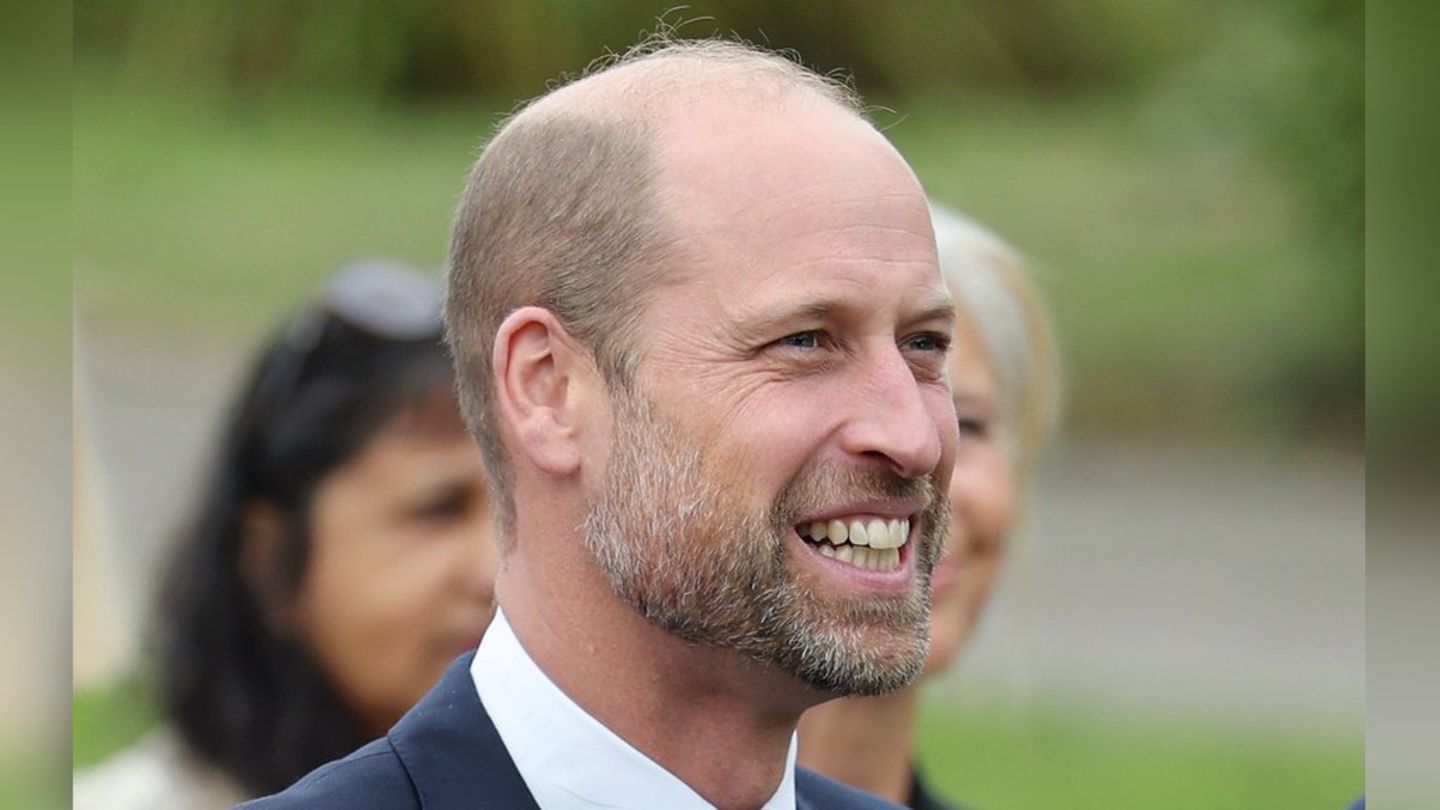In the month of March, two reports were published that report on the progress of women in the workplace.
During March, the month in which International Women’s Day is commemorated, analysis is updated on the working market and the gaps that persist between men and women, beyond the advances that have been achieved in recent years.
The content you want to access is exclusive to subscribers.
The employment rate by sex, data from the National Institute of Statistics (INE) They show interesting trends to evaluate what has happened in recent years (you have to look at long periods, since the changes are not from one month to the next). The figures show that, while the employment male employment has remained relatively stable in recent decades, female employment has grown.


Specifically, between 2006 and 2023, the male employment rate almost did not change: it went from 65.7 to 65.6%. However, the female employment rate rose from 41.8 to 49.6%, an increase of almost 9 percentage points. The employment gap between both sexes is still significant, but it has narrowed.
If we take the evolution since the record years of employment (2010-2014) to date, what we see is a drop in male employment (from 69.5 to the aforementioned 65.6%), while the employment female participation remained at those highs, after the drop caused by the pandemic (it went from 49.8% in 2014 to the aforementioned 49.6% currently).
Professionals
The labor market includes various sectors and types of employment relationships. An undoubtedly very relevant area is the scope of work of professionals. There are also interesting developments in recent developments regarding gender-based work. In this case the data comes from the own Retirement and Professional Pension Fund (CJPPU)which, beyond the vicissitudes of its difficult financial situation, is a very interesting source of data to analyze labor dynamics in that area.
According to the statistical reports of said institution, for several years now there have been clearly more women active than men contributing to the Fund. And the difference has increased in recent years: at the beginning of 2017 there were almost 27,000 men contributing and just over 31,000 women. At the end of 2023 the numbers rose to around 28,400 and almost 36,000, respectively (table). That is to say: the women There are not only more active professionals, but they are becoming more and more. The difference with men is widening.
Of course there are appreciable differences between the different professions (as the same table shows). Among the largest professions, there are more female lawyers than active lawyers, and significantly more accountants than male accountants. There are also more female architects than male architects contributing to the professional fund (in this case reversing the situation of 2017, when there were still more men).
In engineering, the situation changes: there are more agronomists than active agronomists, in a ratio of almost four to one, while there are 5 times more male engineers than female industrial engineers contributing to the fund. In the medical area, there are almost 3,000 more female doctors contributing, compared to male doctors; There are also more female dentists: 2,700 compared to just over 1,000 female dentists.
The figures refer simply and directly to the number of contributors and say nothing regarding income, working conditions or other key variables of the analysis of the working market, particularly when comparing differences between sexes. That said, it seems clear that access to professional activity, beyond the differences between the different professions, shows a positive dynamic in the case of women. In this general trend, the scientific area is a pending account.
Source: Ambito




